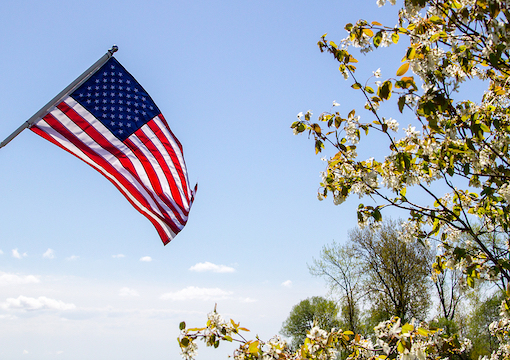excalibur
Diamond Member
- Mar 19, 2015
- 18,092
- 34,233
- 2,290
Yep, appeasement never works. And in 2021 too many white people are all in for more and more appeasment. Stockholm Syndrome.

 www.takimag.com
www.takimag.com
...
On Aug. 6, 1965, Johnson signed the Voting Rights Act, which eliminated the chance of a Jim Crow comeback in the South by making it in the tangible self-interest of politicians to appeal to black voters. LBJ was exultant. The future was so bright he needed shades.
What happened next is mostly forgotten, but the details will seem increasingly familiar to us during the Black Lives Matter era.
In Southern California five days after LBJ’s apogee, a 21-year-old black man was pulled over by a white highway patrolman for driving under the influence. Like so many contemporary heroes of Black Lives Matter, the drunk driver resisted arrest. A crowd gathered. Soon his mother arrived to scold him for getting her car impounded, but then she switched sides and joined his brawl with the cops. To show their support of mom and the drunk, the mob began looting.
This was the tragicomic beginning of the Watts Riots, or, as we are now taught to say in reverent terms, the Watts Rebellion or Watts Uprising. Ironically, Watts itself was not a dismal tenement slum, but instead a neighborhood of single-family homes on smallish lots: a budget version of the American Dream.
After Watts, black rioting became a regular thing during the Long Hot Summers of the prosperous and progressives-dominated late ’60s. In turn, the cops retreated to the doughnut shop and the national murder rate doubled.
Just as Black Lives Matter rioting began at Ferguson in 2014 not during an era of vicious oppression of blacks, but instead with Barack Obama enjoying his second term in the White House, the 1960s black riots followed huge political victories for blacks.
White liberals were baffled by this turn of events and were routinely wrong-footed by black rioters. For example, at the time of the catastrophic 1967 Detroit riot, the president, the governor (Mitt’s dad George Romney), and the mayor (the Kennedy-esque Jerome Cavanagh, who had been elected on an anti-police-brutality platform) were all very pro-black white liberals. Still, LBJ ultimately had to call in active-duty paratroopers from the U.S. Army’s 82nd and 101st Airborne divisions to end the panic in Detroit.
White liberals had just handed blacks their biggest wins since Reconstruction, and yet LBJ was repaid with criminal chaos. What could blacks be thinking, they wondered? As Tom Wolfe noted in 1970’s Mau-Mauing the Flak Catchers:
Whites were still in the dark about the ghettos. They had been studying the “urban Negro” in every way they could think of for fifteen years, but they found out they didn’t know any more about the ghettos than when they started. Every time there was a riot, whites would call on “Negro leaders” to try to cool it, only to find out that the Negro leaders didn’t have any followers. They sent Martin Luther King into Chicago and the people ignored him. They sent Dick Gregory into Watts and the people hooted at him and threw beer cans.
Actually, a Watts rioter responded to the comedian’s first words by shooting the poor man in the leg.
Then they figured the leadership of the riot was “the gangs,” so they sent in the “ex-gang leaders” from groups like Youth for Service to make a “liaison with the key gang leaders.” What they didn’t know was that Hunters Point and a lot of ghettos were so disorganized, there weren’t even any “key gangs,” much less “key gang leaders,” in there. That riot finally just burnt itself out after five days, that was all.
Eventually, the more realistic intellectuals settled upon the term “revolution of rising expectations” to offer a bloodless but accurate description of the causes of the 1960s riots.
These days, we are less dumbfounded by this zero-sum political thought of the aspiring rapper class: that if, say, Obama is president, then Michael Brown should be allowed to rough up an Asian shopkeeper and walk down the middle of the street without getting hassled by a cop. This is something that, even if we don’t agree with it, we at least expect.
But white liberals of 1965 were astonished by the black assumption that if whites had been defeated and shamed by LBJ’s civil rights triumphs, then of course blacks should get to do whatever they feel like. Way back then, white liberals thought in terms of equal protection of the law, while inner-city blacks thought, as they do now, in terms of who has the whip hand at the moment: If whites could no longer impose the rigors of Jim Crow on Southern blacks, then Northern blacks could drive drunk and resist arrest.
...


